Biogeography and evolution of social parasitism in bulldog ants
In the recent paper “Biogeography and evolution of social parasitism in Australian Myrmecia bulldog ants revealed by phylogenomics”, Mera-Rodríguez et al. explore the evolution of eusocial insects by investigating the historical biogeography and transitions from colony life to social parasitism. The ants of the genus Myrmecia, which are found in Australia and with a single species, M. apicalis, living in New Caledonia, offer an ideal system to study species diversity and evolution. However, the mechanisms behind the biogeographic distribution of M. apicalis and the transition from cooperative colony life to social parasitism in the genus are unknown. To address these questions, the researchers reconstructed the phylogeny of the ant subfamily Myrmeciinae using molecular markers and generated a comprehensive dataset. Their findings reveal that the stem Myrmeciinae originated around 58 million years ago and the dispersal of the ancestor of M. apicalis to New Caledonia occurred approximately 14 million years ago. They also discovered that M. inquilina, an inquiline social parasite, evolved from its host, M. nigriceps, through intraspecific social parasite evolution. Furthermore, the study identified inconsistencies in the taxonomic classification of the genus and suggests minor changes. Overall, this research enhances our understanding of the evolution and biogeography of Australian bulldog ants, contributes to knowledge about social parasitism in ants, and provides a solid foundation for future investigations into the biology, taxonomy, and classification of the Myrmeciinae. Here, first author Daniela Mera-Rodríguez highlights the main points.

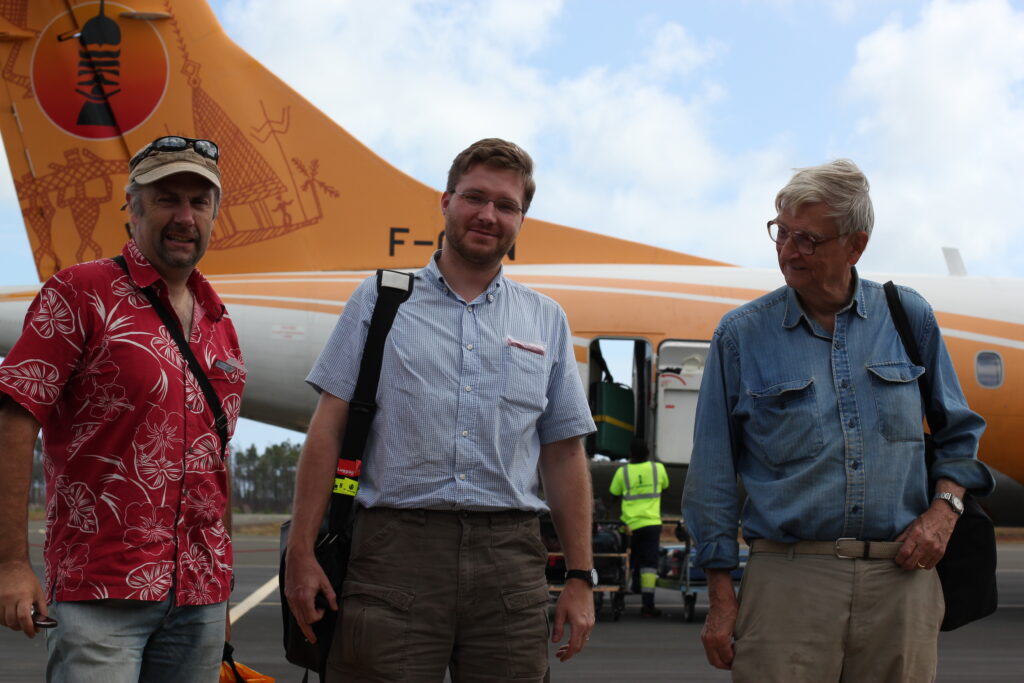

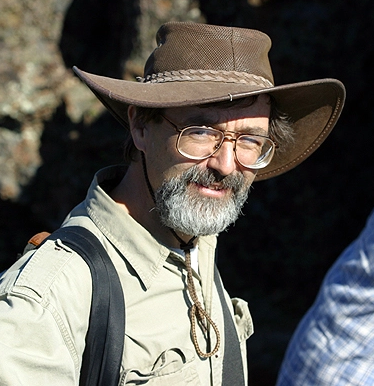

An Interview compiled by Roberta Gibson, Patrick Krapf, and Alice Laciny

MNB: Could you tell us a bit about yourself?
DMR: I am a Latin American woman passionate about understanding how biodiversity changes over time and space. I am in love with ants, and I think they are a great system to test evolutionary hypotheses and learn about the biology of social organization. I am currently a PhD candidate at the Center for Biodiversity and Integrative Taxonomy at the University of Hohenheim in Germany. My research focusses on studying ant evolutionary biology including systematics, taxonomy, molecular phylogenetics, biogeography, and speciation.
MNB: Could you briefly outline the research you recently published in layman’s terms?
DMR: We studied the evolutionary history of the amazing bulldog ants in the genus Myrmecia. They are a group of 93 extant species of predators that live in Australia and only one species, M. apicalis,inhabits New Caledonia, an island approximately 1,300 km east of the Australian mainland in the South Pacific! We wanted to know how and when the ancestors of M. apicalis arrived on the island and how M. apicalis is related to the Australian Myrmecia species.
In addition, we knew of at least one social parasite species, Myrmecia inquilina, in the bulldog ants. Social parasitism in ants occurs when one ant species depends on another ant species to survive and reproduce. Understanding the transition from a cooperative colony life to a parasitic life history is very intriguing, so we wanted to unravel how the socially parasitic lineage originated and infer how many species of social parasites exist in the genus.
To understand the disjunct biogeographic distribution of the species M. apicalis and the evolution of social parasitism in the genus Myrmecia, we reconstructed the evolutionary history of the bulldog ants using a phylogenomic approach.
Our time-calibrated reconstruction showed that the ancestors of M. apicalis diverged from the ancestral Australian mainland species during the Miocene ~14 Ma ago. By the time, the island of New Caledonia was already completely separated from the Australian mainland, indicating that the ancestor of M. apicalis probably arrived on the island via long-distance dispersal across the oceanic barrier.
Our phylogeny also showed that the social parasites likely constitute a single species, M. inquilina, which is phylogenetically nested inside one of the host species, M. nigriceps. This supports the hypothesis that social parasitism evolved directly from ancestral populations of the free-living host M. nigriceps in direct sympatry, which means there was no physical barrier preventing interbreeding between parasite and host species. This pattern has also been inferred in distantly related ant genera including Acromyrmex, Ectatomma, Mycocepurus, Myrmica, Plagiolepis, and Pseudomyrmex, and it is fascinating to think about how social parasitism originated only in a subset of the free-living ancestral host populations.
In addition, our study informs the taxonomic classification of the bulldog ants, and it provides an evolutionary foundation for future comparative studies about the biology and biodiversity of these spectacular ants.
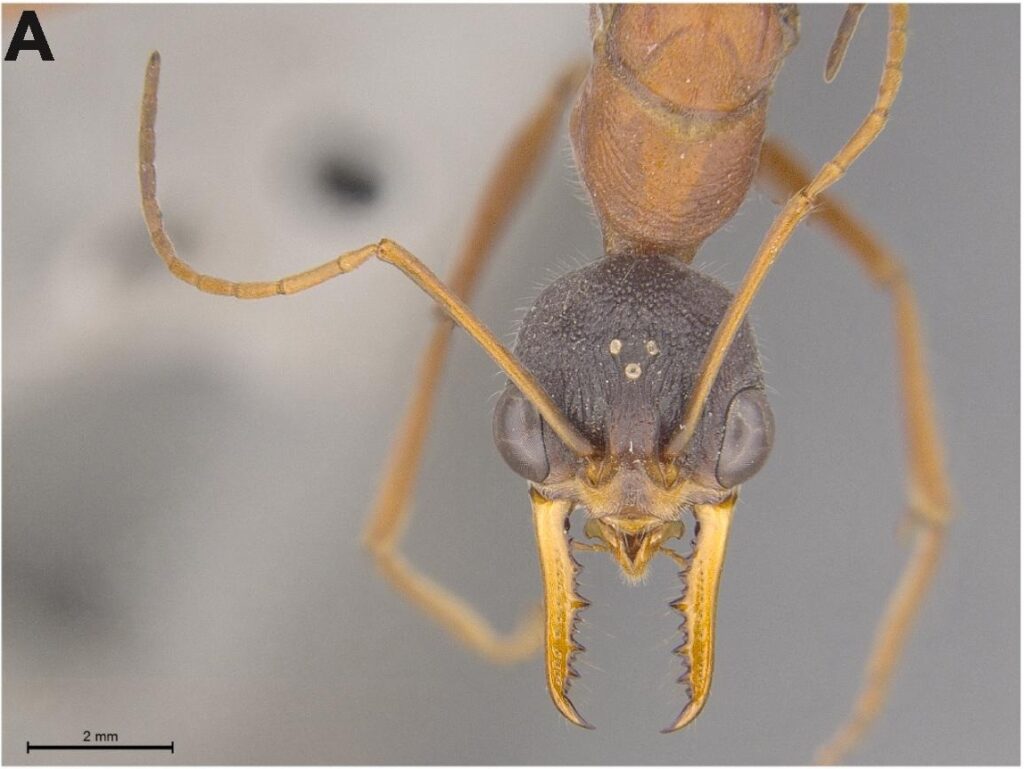
MNB: What is the take-home message of your work?
DMR: Unraveling the diverse mechanisms by which species originate continues to be an exciting task in evolutionary biology. In our study, we used phylogenomics as a tool that allowed us to understand how and when species of bulldog ants diverged. The main findings of this work are that (i) the ancestor of M. apicalis migrated across a huge oceanic barrier some 14 Million years ago, which explains its current disjunct biogeographic distribution and isolated phylogenetic position with respect to its mainland relatives; (ii) the social parasite M. inquilina evolved directly from one of the host species, M. nigriceps, and likely via sympatric speciation; and (iii) the phylogeny provides an update for the internal taxonomic classification of Myrmecia ants integrating morphology-based taxonomy and evolutionary history.
MNB: What was your motivation for this study?
DMR: The motivation for this study probably arose a long time ago. Edward O. Wilson searched for M. apicalis in New Caledonia in 1955 because he wanted to understand the biology and disjunct biogeographic distribution of this sole New Caledonian Myrmecia species. Unfortunately, he could not find it, and during the second half of the 20th century the species was considered extinct due to rampant habitat destruction in New Caledonia. After searching for this species throughout his career, Hervé Jourdan and his coleopterist colleagues rediscovered M. apicalis in 2008. The rediscovery of M. apicalis rekindled the idea of studying the species’ biology and historical biogeography. In 2011, Edward O. Wilson and Christian Rabeling happily accepted Hervé Jourdan’s invitation to visit him in New Caledonia to learn more about the biology of this long-lost species.
To understand the evolutionary history of Myrmecia ants better and test the different evolutionary hypotheses, we decided to infer a comprehensive phylogeny for Myrmecia bulldog ants. We teamed up with our colleagues Phil Ward, Steve Shattuck, and Stefan Cover, who have also been interested in understanding the taxonomy and evolution of Myrmecia for a long time.
Personally, as a young scientist, I am excited about learning about ant biodiversity and evolutionary biology, and I was completely thrilled by this project because bulldog ants are very unique and very different from the ants I was used to studying in the Neotropics. I felt both fascinated and challenged to find answers to longstanding questions in myrmecology as well as curious to gather perspectives from international ant experts were also excited to learn about Myrmecia and unravel their biology.
MNB: What was the biggest obstacle you had to overcome in this project?
DMR: Studying social parasitism in ants can be difficult as the parasites are rarely collected. In our case, samples of M. inquilina had been collected more than 40 years ago and only at two localities around the type locality in Western Australia. In addition, a single individual was collected from a distant population in New South Wales approximately 3100 km to the east. Because we only had a handful of specimens to work with, my biggest concern was that we would not be able to sequence these specimens and miss our chance to infer the origin of social parasitism in the genus. I think this experience made me more aware of the importance of well-curated biological collections and personally, I wanted to give my best effort to recover enough morphological and genetic data from the samples to answer these exciting research questions. This project also taught me to evaluate competing evolutionary hypotheses and encouraged me to think hard about the multiple scenarios by which social parasitism might have evolved in Myrmecia ants. Now I dream about the possibility of conducting field research in Australia and discovering new populations of the parasite species in the field because it remains a possibility that the New South Wales population constitutes a new social parasite species that is distinct from M. inquilina! But we really need to find more colonies in the field and study the ants’ natural history to be able to evaluate this hypothesis.
MNB: Do you have any tips for others who are interested in doing related research?
DMR: I think for testing evolutionary hypotheses, it’s crucial to plan for a comprehensive taxon sampling for the phylogenetic reconstruction. Reaching out to curators of biological collections who are willing to collaborate and contribute material is a good strategy to strengthen the taxon sampling of a phylogenetic study. This is especially useful nowadays as it is possible to extract genetic information from insect museum specimens without damaging the specimens. After the extraction, the insect specimen is preserved in the museum collection and available for future research inquiries, thus, opening opportunities for the integration of morphological and molecular studies.
MNB: Where do you see the future for this particular field of ant research?
DMR: Probably the most exciting part of this project is that it shows us that there is still a lot of research to be done. The recent advances in sequencing technologies and molecular data analysis are both a huge opportunity to advance our knowledge about ant evolution, and also an invitation to approach our research questions in an integrative way using molecular genetic, morphological, ecological, behavioral, paleontological, and geographic data. As for the bulldog ants in particular, we know very little about the evolutionary relationships between extant and extinct Myrmeciinae and I believe reconstructing the evolutionary history of all myrmeciines, including the rich fossil record, would make for an exciting study!


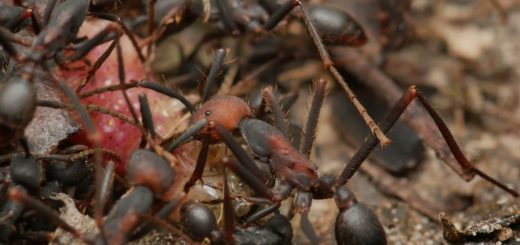

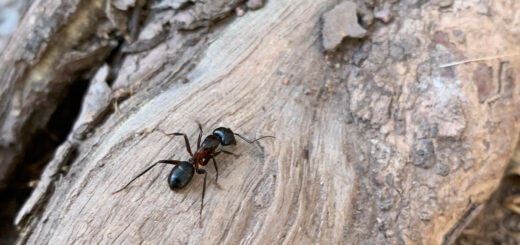
A very good article indeed. And also one that was co-autored by our late E. O. Wilson…
Sorry to put it here but this is very important:
The invasive ant Solenopsis invicta is established in Europe.
Mattia Menchetti
Enrico Schifani
Antonio Alicata
Elisabetta Sbrega
Eric Toro-Delgado
Roger Vila
https://www.cell.com/current-biology/fulltext/S0960-9822(23)00974-0